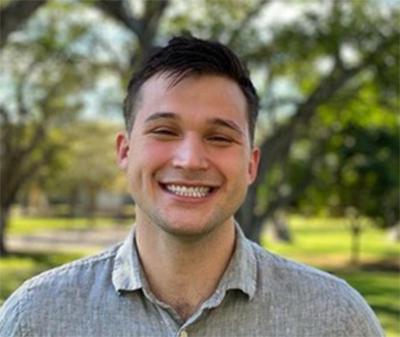
Nona Kiknadze

Lukas Novak
Marisol Meyer
Ph.D. student in Counseling Psychology
POSTER PRESENTATION #7
Sex, Drugs, and Socioemotional Competency: Results from a School-Based Adolescent Wellness Intervention Program Evaluation

This poster explores findings from a cross-sectional study exploring the Sexual Risk Avoidance Education program’s impact on 270 low-income, diverse, middle school and high school students in South Florida. Specifically, the study explores (a) program impact on sexual health behavior and substance abuse, (b) the degree to which strengths-based variables emphasized in the curriculum (i.e., socioemotional competency, goal-oriented behavior, and dating beliefs) contributed to positive health behaviors, and (c) the influence of demographic variables on program effectiveness. Descriptive statistical analyses, independent samples t-tests, and multiple linear regressions were used to analyze data. Youth overwhelmingly reported that the program significantly contributed to reductions in overall substance use (93.2%) and sexual risk-taking behaviors (98.3%). However, high schoolers were impacted to a greater degree than middle schoolers by programmatic efforts to reduce substance use (t102.04=-4.53, p=<.001), increase socioemotional competency (t108.81=-5.99, p=<.001), and increase goal-oriented behavior (t27.72=-3.24, p=.003). A multiple regression was run to predict sexual health behavior from socioemotional competency, goal-oriented behavior, and dating beliefs. The model statistically significantly predicted sexual health behavior, F(3, 153) = 25.74, p < .001, R2 = .335, however, only socioemotional competency added statistically significantly to the prediction, p < .001. A multiple regression was run to predict substance use from socioemotional competency, goal-oriented behavior, and dating beliefs. The model statistically significantly predicted sexual health behavior, F(3, 152) = 33.53, p < .001, R2 = .398, however, only socioemotional competency and dating beliefs added statistically significantly to the prediction, p < .001.
Author: Marisol Meyer
